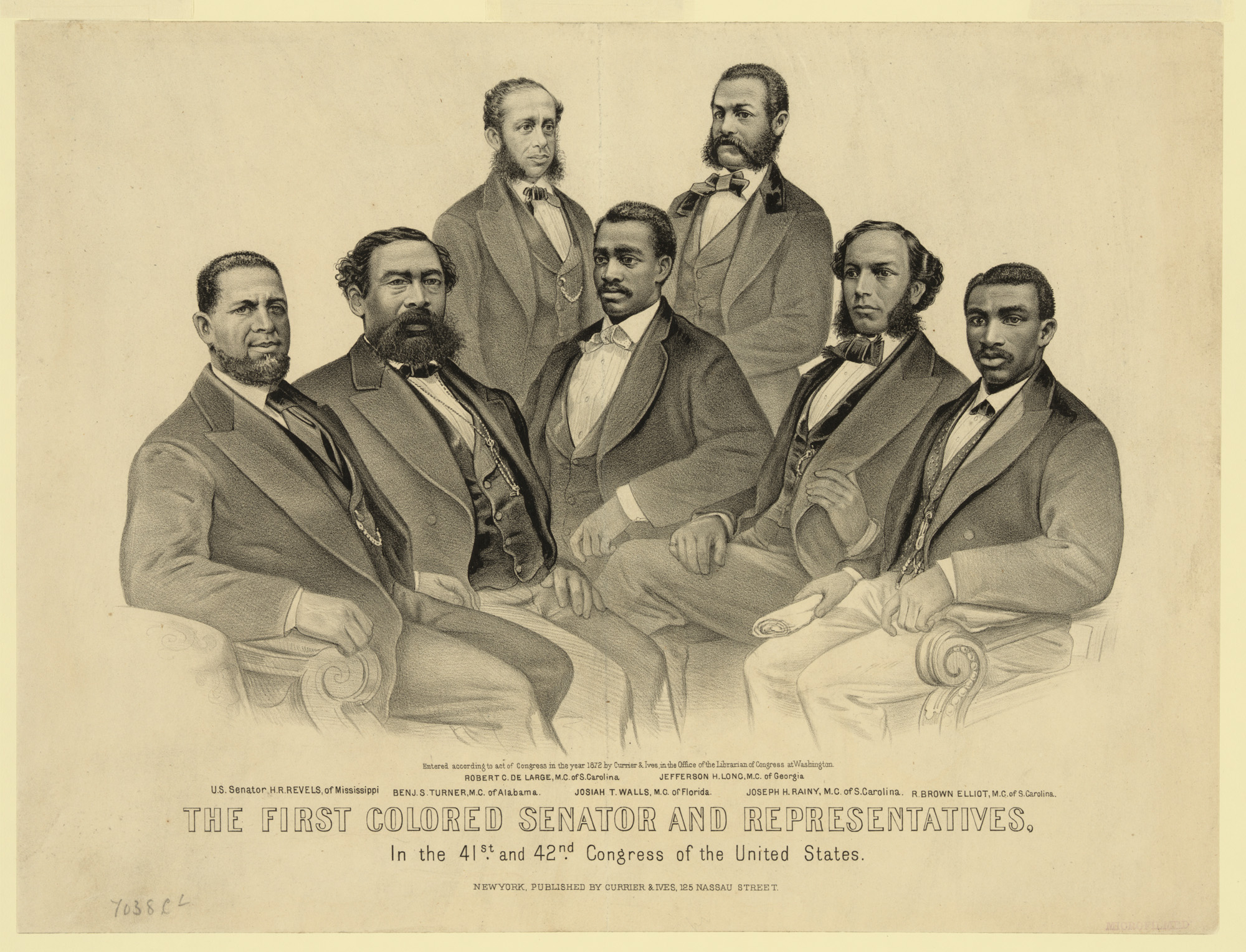Report on Alleged Violations of International Law and Disinformation Concerning Ukrainian Prisoners of War
Executive Summary
This report details allegations circulated by Russian state media regarding the formation of military units from captured Ukrainian soldiers. These claims, attributed to Russian State Duma deputy Viktor Vodolatsky, are assessed by Ukrainian defense and intelligence sources as a disinformation campaign. Such actions, if implemented, would represent a severe breach of international humanitarian law and fundamentally undermine key United Nations Sustainable Development Goals (SDGs), particularly SDG 16, which promotes peace, justice, and strong institutions.
- Russian officials claim to be forming combat units from Ukrainian Prisoners of War (POWs).
- Ukrainian authorities categorize these statements as a disinformation campaign intended to discredit Ukraine.
- Forcing POWs into military service is a grave breach of the Third Geneva Convention.
- The situation highlights a direct conflict with the principles of SDG 16 (Peace, Justice and Strong Institutions), SDG 3 (Good Health and Well-being), and SDG 8 (Decent Work and Economic Growth).
Analysis of Disinformation Campaign
Russian propaganda has repeatedly claimed the existence of pro-Russian military formations composed of Ukrainian nationals. Over the past three years, several such units have been named, though their existence has never been independently verified or observed in combat operations. Ukrainian intelligence indicates that these are phantom entities created for informational warfare.
- Named Unverified Units:
- The “Khmelnytskyi Battalion”
- The “Kryvonos Battalion”
- The “Pushkar Unit”
- Intelligence Assessment: Ukrainian intelligence sources report that attempts to coerce Ukrainian POWs into service through threats and physical pressure have been unsuccessful. The number of collaborators willing to join Russian forces is reportedly minimal, numbering only a few dozen individuals, which is insufficient to form credible combat units.
Implications for Sustainable Development Goal 16: Peace, Justice and Strong Institutions
The alleged actions and accompanying rhetoric by the Russian Federation are in direct opposition to the objectives of SDG 16. This goal is centered on promoting peaceful and inclusive societies, providing access to justice for all, and building effective, accountable, and inclusive institutions at all levels.
- Violation of International Law: Article 129 of the Third Geneva Convention explicitly prohibits compelling a prisoner of war to serve in the armed forces of the hostile power. Classifying this act as a grave breach, equivalent to torture, underscores the severity of the violation. Such actions dismantle the legal frameworks designed to ensure justice and humane treatment during conflict, a cornerstone of SDG 16.
- Erosion of Justice and Rule of Law: The use of coercion, including threats against the families of POWs, constitutes a profound abuse of power and a rejection of the rule of law. This undermines efforts to build just societies where human rights are protected.
- Institutional Disinformation: The systematic use of state media to spread disinformation erodes trust in institutions and escalates tensions, working directly against the SDG 16 target of ensuring public access to information and protecting fundamental freedoms.
Impact on Human Well-being and Economic Stability (SDG 3 & SDG 8)
The treatment of prisoners of war and the broader consequences of the conflict have significant implications for other Sustainable Development Goals, including those related to health and economic stability.
- SDG 3 (Good Health and Well-being): In adherence to international standards and SDG 3, Ukraine provides comprehensive rehabilitation, medical care, and psychological support to its returned POWs. They are offered a choice to return to civilian life or voluntarily resume service. This approach contrasts sharply with the alleged Russian methods of coercion and inhumane treatment, which threaten the physical and mental well-being of captives.
- SDG 8 (Decent Work and Economic Growth): Reports indicate that Russia is facing a severe labor crisis fueled by war casualties, demographic decline, and mass military recruitment. This crisis, which threatens Russia’s long-term economic stability, illustrates how conflict undermines the principles of SDG 8 by disrupting labor markets and preventing sustainable economic growth.
Conclusion
The claims of forming military units from Ukrainian POWs appear to be an unfounded element of a Russian disinformation strategy. These allegations, coupled with reported attempts at coercion, represent a flagrant disregard for international humanitarian law and the foundational principles of the Sustainable Development Goals. Upholding the Geneva Conventions and countering disinformation are critical to fostering peace, ensuring justice, and protecting human dignity, in line with the global commitment to SDG 16.
Analysis of Sustainable Development Goals in the Article
1. Which SDGs are addressed or connected to the issues highlighted in the article?
The article primarily addresses issues related to armed conflict, human rights violations, and their socio-economic consequences. Based on this, the following Sustainable Development Goals (SDGs) are relevant:
- SDG 16: Peace, Justice and Strong Institutions: This is the most central SDG, as the article discusses armed conflict, violations of international humanitarian law (the Geneva Convention), propaganda, and the functioning of justice and intelligence institutions.
- SDG 3: Good Health and Well-being: The article touches upon health-related issues, including the medical care and rehabilitation for returned prisoners of war (POWs) and the high male mortality rate in Russia resulting from the war.
- SDG 8: Decent Work and Economic Growth: The article connects the conflict to significant economic challenges, specifically Russia’s severe labor crisis and shrinking workforce, which directly impacts this goal.
2. What specific targets under those SDGs can be identified based on the article’s content?
Several specific targets can be identified from the article’s discussion:
-
SDG 16: Peace, Justice and Strong Institutions
- Target 16.1: Significantly reduce all forms of violence and related death rates everywhere. The article is centered on the “full-scale war,” which represents the most extreme form of violence. The discussion of war casualties and Russia’s high male mortality directly relates to this target.
- Target 16.3: Promote the rule of law at the national and international levels and ensure equal access to justice for all. The article explicitly references the “Third Geneva Convention” and states that forcing POWs to serve in an enemy’s army is a “grave breach” of international humanitarian law. This highlights a failure to uphold the rule of law at the international level.
-
SDG 3: Good Health and Well-being
- Target 3.4: By 2030, reduce by one third premature mortality from non-communicable diseases through prevention and treatment and promote mental health and well-being. The article mentions that “high male mortality” is a factor in Russia’s labor crisis, which is a direct challenge to reducing premature mortality. Furthermore, the statement that released Ukrainian POWs “undergo rehabilitation and receive medical care” points to efforts to address the physical and mental health consequences of captivity and war.
-
SDG 8: Decent Work and Economic Growth
- Target 8.5: By 2030, achieve full and productive employment and decent work for all… The report that “Russia is facing a severe labor crisis, driven by war casualties, a shrinking workforce, and an aging population” directly illustrates a major obstacle to achieving this target.
- Target 8.8: Protect labour rights and promote safe and secure working environments for all workers… The allegation of compelling “prisoners of war to serve in the armed forces of the enemy” through “threats or physical coercion” is an extreme violation of labor rights and represents the creation of a forced, unsafe, and insecure working environment.
3. Are there any indicators mentioned or implied in the article that can be used to measure progress towards the identified targets?
The article provides several explicit and implicit data points that can serve as indicators:
-
Indicators for SDG 16
- Number of documented violations of international humanitarian law: The article identifies a specific violation, stating that forcing POWs to serve is a “grave breach” of the Third Geneva Convention. Tracking such documented breaches serves as a direct indicator for Target 16.3.
- Number of individuals subjected to coercion: The mention of Russian forces attempting to “pressure prisoners into service by using threats or physical coercion” implies that the number of such cases is a measurable indicator of violence and injustice.
-
Indicators for SDG 3
- War-related premature mortality rates: The reference to “high male mortality” in Russia due to the war is a direct, though tragic, indicator relevant to Target 3.4.
- Number of former POWs receiving post-release care: The statement that “Ukrainian POWs undergo rehabilitation and receive medical care” upon release implies that the number of individuals accessing these services can be tracked as an indicator of health system response.
-
Indicators for SDG 8
- Labor force shortage figures: The article explicitly states that “The Kremlin will need to add nearly 11 million workers to the economy by 2030,” providing a quantifiable indicator of the labor crisis relevant to Target 8.5.
- Number of collaborators among POWs: The article notes that the number of collaborators is “minimal, limited to a few dozen individuals.” This can be used as a proxy indicator for the (in)effectiveness of forced labor practices, relevant to Target 8.8.
4. Summary Table of SDGs, Targets, and Indicators
| SDGs | Targets | Indicators Identified in the Article |
|---|---|---|
| SDG 16: Peace, Justice and Strong Institutions |
16.1: Significantly reduce all forms of violence and related death rates everywhere.
16.3: Promote the rule of law at the national and international levels and ensure equal access to justice for all. |
– Existence of a “full-scale war” and related casualties. – Documented “grave breach” of the Third Geneva Convention. – Number of prisoners subjected to “threats or physical coercion.” |
| SDG 3: Good Health and Well-being | 3.4: Reduce premature mortality… and promote mental health and well-being. |
– “High male mortality” rate due to war. – Number of POWs who “undergo rehabilitation and receive medical care” upon release. |
| SDG 8: Decent Work and Economic Growth |
8.5: Achieve full and productive employment and decent work for all.
8.8: Protect labour rights and promote safe and secure working environments for all workers. |
– A national labor shortage of “nearly 11 million workers” needed by 2030. – Forcing POWs to serve in armed forces, an extreme violation of labor rights. – The number of collaborators among POWs is “minimal, limited to a few dozen individuals.” |
Source: united24media.com







